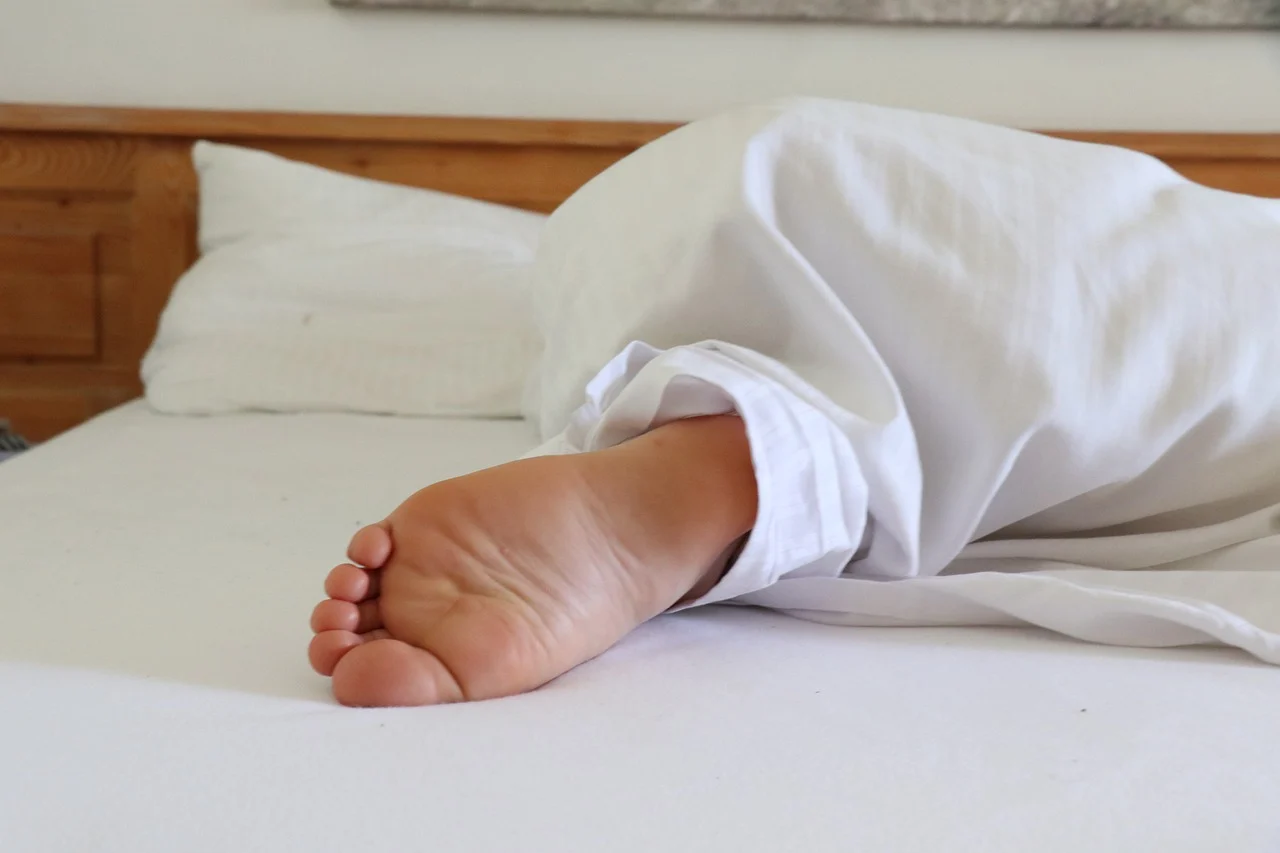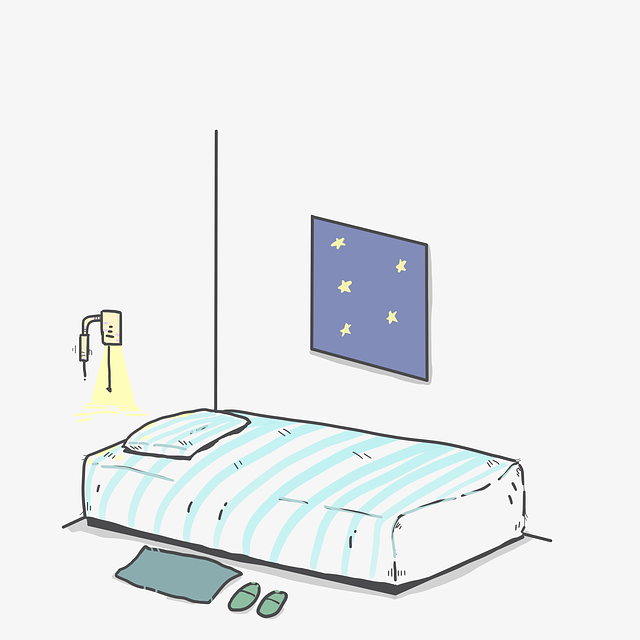In today’s fast-paced world, where productivity is often prioritized over well-being, burnout has become a common yet serious issue. It affects not only our mental health but also our physical health, relationships, and overall quality of life. Recognizing the signs of burnout early and implementing effective strategies for recovery can help you regain balance, restore energy, and prevent long-term damage. This guide explores how to identify burnout and offers practical steps to manage and recover from it.
What Is Burnout?
Burnout is a state of emotional, mental, and physical exhaustion caused by prolonged or excessive stress. Unlike ordinary fatigue, burnout leaves individuals feeling overwhelmed, detached, and unable to meet constant demands. While it was initially associated with work-related stress, burnout can occur in any area of life—parenting, caregiving, academics, or even personal pursuits.
The World Health Organization (WHO) classifies burnout as an occupational phenomenon characterized by three key dimensions:
- Feelings of energy depletion or exhaustion
- Increased mental distance from one’s job or cynicism about responsibilities
- Reduced professional efficacy or performance
While burnout often stems from workplace pressures, its impact extends far beyond the office.
Recognizing the Signs of Burnout
Identifying burnout requires paying attention to changes in your emotions, behavior, and physical health. Here are some common signs:
1. Emotional Symptoms
- Persistent feelings of sadness, emptiness, or hopelessness
- Irritability, frustration, or impatience over minor issues
- Loss of motivation or passion for activities you once enjoyed
- A sense of detachment or apathy toward responsibilities
2. Physical Symptoms
- Chronic fatigue, even after adequate rest
- Frequent headaches, muscle tension, or stomachaches
- Changes in sleep patterns (insomnia or oversleeping)
- Weakened immune system, leading to frequent illnesses
3. Behavioral Symptoms
- Procrastination or difficulty concentrating
- Withdrawing from social interactions or isolating yourself
- Increased reliance on substances like alcohol, caffeine, or nicotine
- Neglecting self-care routines, such as exercise or healthy eating
If left unchecked, burnout can escalate into more severe conditions like anxiety, depression, or chronic health problems. Early recognition is critical to preventing further decline.
What Causes Burnout?
Burnout doesn’t happen overnight; it develops gradually due to a combination of factors, including:
- Workplace Stressors
- Unrealistic deadlines or overwhelming workloads
- Lack of control over decisions or tasks
- Poor communication or support from supervisors
- Toxic work environments or unclear expectations
- Lifestyle Factors
- Imbalance between work and personal life
- Perfectionism or high self-expectations
- Insufficient time for relaxation and hobbies
- Overcommitting to responsibilities without setting boundaries
- Personality Traits
- Individuals who are highly driven, competitive, or prone to people-pleasing may be more susceptible to burnout.
- Difficulty saying “no” or delegating tasks can exacerbate stress levels.
- External Pressures
- Financial strain, societal expectations, or caregiving responsibilities can contribute to feelings of being overwhelmed.
Understanding the root causes of your burnout is essential for addressing it effectively.
Strategies for Managing and Recovering from Burnout
Recovering from burnout requires intentional effort and a commitment to self-care. Below are practical strategies to help you regain balance and rebuild resilience.
1. Acknowledge the Problem
The first step toward recovery is admitting that you’re experiencing burnout. Denial or ignoring the symptoms will only prolong the issue. Reflect on your current situation and identify areas where stress is most intense.
2. Set Boundaries
Learn to say “no” when necessary and establish clear limits around your time and energy. For example:
- Avoid checking work emails outside of designated hours.
- Delegate tasks to others instead of trying to do everything yourself.
- Prioritize activities that bring joy and fulfillment rather than obligations that drain you.
3. Practice Self-Care
Incorporate daily habits that nurture your mind, body, and spirit:
- Sleep: Aim for 7-9 hours of quality sleep each night to recharge your body.
- Nutrition: Eat balanced meals rich in whole foods to fuel your brain and body.
- Exercise: Engage in regular physical activity, even if it’s just a short walk, to reduce stress and boost mood.
- Mindfulness: Practice meditation, deep breathing, or yoga to calm your nervous system and stay present.
4. Seek Support
Don’t try to navigate burnout alone. Reach out to trusted friends, family members, or colleagues who can offer encouragement and understanding. Professional help, such as therapy or counseling, can also provide valuable tools for managing stress and processing emotions.
5. Reevaluate Your Priorities
Take a step back and assess what truly matters to you. Ask yourself:
- What brings meaning and purpose to my life?
- Am I spending enough time on activities that align with my values?
- Are there commitments I can let go of to create space for rest and renewal?
6. Take Breaks and Unplug
Regular breaks are essential for maintaining focus and preventing overwhelm. Schedule time away from work or stressful situations to recharge. Consider:
- Taking a vacation or weekend getaway
- Disconnecting from technology during evenings or weekends
- Engaging in hobbies or creative pursuits that inspire you
7. Address Workplace Issues
If your burnout is work-related, take proactive steps to improve your environment:
- Communicate openly with your manager about workload or unrealistic expectations.
- Advocate for flexible schedules or remote work options if feasible.
- Explore opportunities for career growth or role adjustments that align better with your strengths and interests.
8. Develop Healthy Coping Mechanisms
Replace unhealthy coping strategies (e.g., binge-watching TV, overeating) with positive alternatives:
- Journaling to process thoughts and emotions
- Spending time in nature to reset your perspective
- Practicing gratitude to shift your mindset toward positivity
Preventing Future Burnout
Once you’ve recovered, it’s important to implement practices that safeguard against future episodes of burnout:
- Maintain Work-Life Balance Set aside dedicated time for relaxation, family, and personal interests. Avoid overworking or sacrificing your well-being for professional success.
- Build Resilience Strengthen your ability to handle stress through mindfulness, cognitive-behavioral techniques, and fostering supportive relationships.
- Regularly Assess Your Well-Being Periodically check in with yourself to evaluate your stress levels and satisfaction with various aspects of your life. Make adjustments as needed.
- Cultivate a Growth Mindset View challenges as opportunities for learning rather than insurmountable obstacles. Celebrate small victories along the way.
- Create a Support Network Surround yourself with people who uplift and encourage you. Lean on them during tough times and reciprocate their support.
When to Seek Professional Help
If burnout persists despite your efforts, or if symptoms worsen, it’s important to seek professional guidance. Therapists, counselors, and coaches specialize in helping individuals navigate burnout and develop personalized recovery plans. Additionally, healthcare providers can rule out underlying medical conditions that may mimic or exacerbate burnout symptoms.







